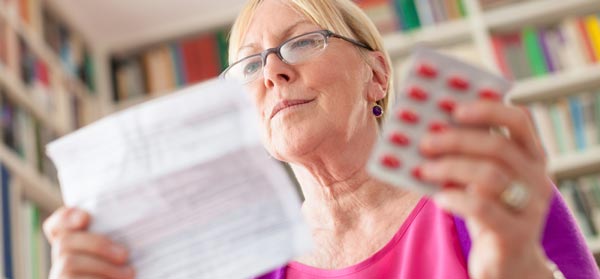Bill is confused by the extra charge he has been required to pay on his regular prescription medicine. Debbie explains why the surcharge has been applied.
Q. Bill
Today I presented my script to the chemist and was told that one particular item would have a $5 surcharge, making my script $10.30 instead of the usual $5.30. I am a pensioner and confused by the surcharge, as I have been prescribed this item for many years without having to pay any extra charges.
I hope you are able to explain this extra charge.
A. When asked to pay extra by your pharmacist, it’s always useful to ask at the time why this is.
From what you have told me, I would suggest that you have been asked to pay a Special Patient Contribution Premium (SPCP), a Brand Premium (BP) or a Therapeutic Group Premium (TGP).
An SPC is a surcharge to cover the difference between what a manufacturer charges for a particular medicine and what the Government is willing to cover under the Pharmaceutical Benefits Scheme (PBS).
A BP is where that particular brand of medicine costs more than the lowest price of an available substitute.
A TGP is when drugs in a particular group may have similar safety and health outcomes and the PBS covers the cost of the lowest-priced medicine.
If asked to pay any of these premiums, you should ask your pharmacist if there is a lower priced, usually generic medicine you can take instead. If you are required to only have the brand medicine, you can ask your GP to apply on your behalf for an exemption on paying the SPC and TGP.
The medicines that are available on the PBS are reviewed periodically, so it could be that a surcharge has been implemented since the last time you had your prescription filled.
To find out more, visit PBS.gov.au
Related articles:
PBS changes could be costly
Common medicines drop in price

